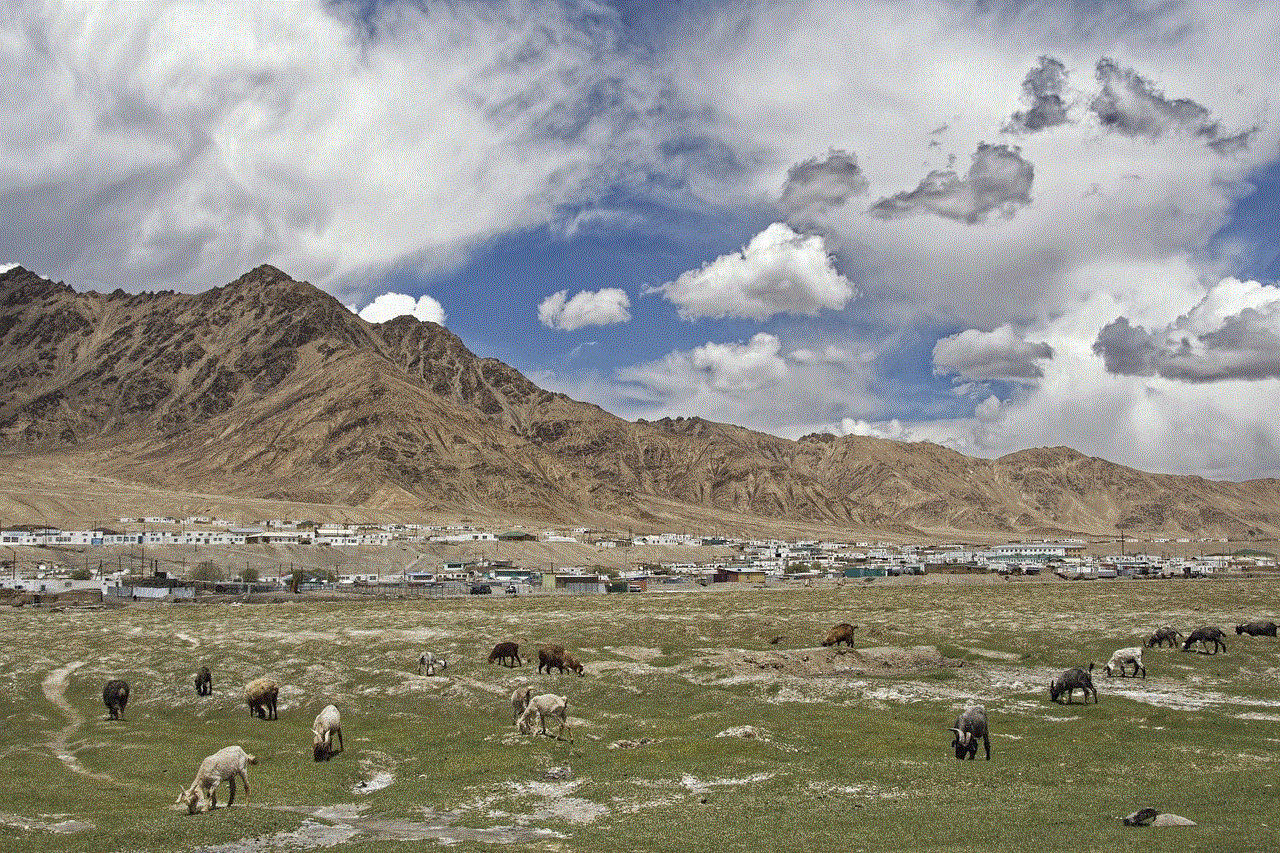fake or real
# Fake or Real: The Quest for Truth in a World of Deception
## Introduction
In an age dominated by rapid information exchange, the veracity of what we encounter daily has become increasingly nebulous. The phrase “fake or real” has transcended its origins, evolving into a cultural phenomenon that underscores the duality of truth and deception in contemporary society. From social media platforms flooded with misinformation to sophisticated deepfakes that can alter perceptions of reality, distinguishing between what is genuine and what is fabricated has never been more critical. This article seeks to explore the complexities of authenticity, the psychological underpinnings of belief, and the societal ramifications of our failure to discern the real from the fake.
## The Rise of Misinformation
Misinformation is not a new phenomenon; it has existed throughout history. However, the digital age has propelled it to unprecedented levels. The advent of social media platforms like Facebook, Twitter, and Instagram has democratized information sharing but has also paved the way for the rampant spread of falsehoods. Algorithms prioritize sensational content, leading to a viral phenomenon where misleading information often outpaces factual reporting.
This environment creates fertile ground for conspiracy theories, hoaxes, and scams. A study conducted by MIT revealed that false news spreads six times faster than true news, highlighting our propensity to share sensational stories without verifying their authenticity. This behavior is often fueled by cognitive biases, such as confirmation bias, where individuals are more likely to believe information that aligns with their pre-existing beliefs.
## The Impact of Fake News
The implications of fake news extend beyond mere inconvenience; they can reshape public opinion, influence elections, and alter the course of history. For instance, the 2016 U.S. presidential election witnessed a surge in fake news stories that swayed voters and created divisions among the populace. Similarly, during the COVID-19 pandemic, misinformation regarding the virus, treatments, and vaccines proliferated, resulting in public health crises and loss of trust in legitimate health organizations.
Moreover, fake news can incite violence and unrest. The spread of false information related to events such as the Black Lives Matter protests and the Capitol riots in January 2021 demonstrates how fabricated narratives can lead to real-world consequences. These incidents underscore the need for media literacy and critical thinking skills to navigate the complex landscape of information.
## The Psychology Behind Belief
Understanding why individuals fall victim to misinformation requires delving into the psychology of belief. Cognitive dissonance plays a significant role in how we process information. When faced with contradictory evidence, people often cling to their original beliefs, rejecting facts that challenge their worldview. This psychological defense mechanism can perpetuate false beliefs and make it difficult for individuals to recognize when they are being misled.
Moreover, the phenomenon of echo chambers exacerbates the problem. Social media algorithms curate content that aligns with users’ interests, creating environments where like-minded individuals reinforce each other’s beliefs. This insular approach to information consumption can lead to a skewed perception of reality, where false narratives gain traction and become entrenched.
## The Role of Technology
Technological advancements have both facilitated and challenged our ability to discern fake from real. On one hand, tools like fact-checking websites, advanced search engines, and digital literacy programs empower individuals to verify information before sharing it. On the other hand, the rise of artificial intelligence has introduced sophisticated methods of deception, such as deepfakes and AI-generated content.
Deepfakes, which use machine learning to create hyper-realistic videos that depict individuals saying or doing things they never actually did, represent a significant threat to truth. As this technology becomes more accessible, the potential for misuse increases. A 2019 study showed that 96% of deepfake content is pornographic, but the technology can also be wielded to create political propaganda or misinformation campaigns.
## The Media’s Responsibility
In light of the challenges posed by misinformation, the media holds a crucial responsibility in safeguarding the truth. Traditional news organizations must uphold rigorous journalistic standards, prioritizing accuracy and accountability. By fact-checking sources, providing context, and correcting errors promptly, the media can help restore public trust.
However, the rise of “clickbait” journalism, where sensationalized headlines drive traffic at the expense of truth, undermines these efforts. The race for clicks often results in the dissemination of misleading or incomplete information, further blurring the lines between fake and real. To counteract this trend, media literacy education should be prioritized, equipping individuals with the skills to critically evaluate news sources.
## The Role of Social Media Platforms
Social media companies also bear responsibility for curbing the spread of misinformation. Initiatives like labeling false content, limiting the reach of dubious accounts, and promoting credible sources can help mitigate the impact of fake news. However, these measures often face criticism for infringing on free speech or being inconsistent in their application.
The challenge lies in balancing the protection of free expression while ensuring that harmful misinformation does not proliferate. Transparency in content moderation practices and collaboration with independent fact-checkers can enhance accountability and foster trust among users.
## The Importance of Media Literacy
To combat the pervasive threat of misinformation, enhancing media literacy is paramount. Educational institutions, community organizations, and governments should prioritize teaching critical thinking skills and information evaluation techniques. By fostering an informed populace, we can empower individuals to navigate the digital landscape with discernment.
Media literacy programs should focus on teaching individuals how to identify reliable sources, recognize bias, and understand the mechanics of misinformation. By instilling these skills early on, we can cultivate a generation that is better equipped to differentiate between fake and real information.
## The Future of Truth
As we look to the future, the battle between fake and real will likely intensify. Advances in technology will continue to challenge our perceptions of reality, making it imperative for individuals and institutions to remain vigilant. The proliferation of misinformation has far-reaching consequences, but by promoting critical thinking, media literacy, and accountability, we can reclaim the narrative of truth.
In this quest for authenticity, collaboration will be key. Governments, tech companies, educators, and individuals must unite to address the complexities of misinformation. By fostering a culture of truth-seeking and accountability, we can build resilience against deception and create a more informed society.
## Conclusion
In a world where the lines between fake and real are increasingly blurred, the pursuit of truth is more crucial than ever. The consequences of misinformation are profound, affecting individuals, communities, and entire nations. As we navigate this complex landscape, we must prioritize media literacy, critical thinking, and accountability. By doing so, we can empower ourselves and future generations to discern the truth and uphold the integrity of information in an era of deception. The battle against fake news is a collective responsibility, and only through collaboration and vigilance can we hope to emerge victorious in our quest for authenticity.
snapchat blocked list
Snapchat is one of the most popular social media platforms in the world, with millions of active users each day. It allows people to connect and share photos, videos, and messages with their friends and followers. However, like any other social media platform, Snapchat also has its own set of features and tools to enhance the user experience. One of these features is the ability to block other users.
The blocked list on Snapchat is a feature that allows users to restrict certain people from interacting with them on the app. This can be a useful tool for various reasons, such as avoiding unwanted contact, preventing cyberbullying, or simply avoiding someone you no longer wish to communicate with. In this article, we will dive deeper into the concept of the Snapchat blocked list and explore its uses, limitations, and potential impact on users.
What is the Snapchat Blocked List?



The blocked list on Snapchat is a list of users that a person has chosen to block from their account. Once a user is blocked, they will no longer be able to view the person’s snaps, stories, or send them messages. Additionally, the blocked user will not be able to see the person’s profile or add them as a friend. In short, the blocked list is a way to eliminate all forms of communication with a particular user on Snapchat.
How to Block Someone on Snapchat?
Blocking someone on Snapchat is a straightforward process. To block a user, follow these steps:
1. Open the Snapchat app on your device.
2. Go to the profile of the person you want to block.
3. Tap the three dots in the top right corner of their profile.
4. Select “Block” from the menu.
5. Confirm the action by tapping “Block” again.
Once you have completed these steps, the person will be added to your blocked list, and they will no longer be able to interact with you on Snapchat.
What Happens When You Block Someone on Snapchat?
When you block someone on Snapchat, they will not receive a notification informing them of the action. However, there are a few things that will happen on their end:
1. They will not be able to see your profile or add you as a friend.
2. They will not be able to view your snaps, stories, or send you messages.
3. Any existing chats or messages between the two of you will disappear.
4. They will not be able to see if you are online or not.
5. They will not be able to see your location on the Snap Map.
Additionally, the blocked user will not be able to send you a friend request or message you from a different account. However, if you are mutual friends with other users, they may still be able to view your snaps or stories if the blocked user shares them with them.



Limitations of the Snapchat Blocked List
While the blocked list on Snapchat is a useful feature, it does have its limitations. One of the main limitations is that it only works one way. This means that even if you have blocked someone, they can still view your public snaps and stories if they are not set to private. This can be a problem for users who want to completely cut off all communication with a particular person.
Another limitation is that the blocked user can still see your username on their friend’s list. This can potentially lead to them creating a new account to try and add you again. However, you can remove them from your friend’s list to prevent this from happening.
Moreover, the blocked list does not prevent the person from seeing your posts on other social media platforms or contacting you through different means. It is essential to remember that the blocked list only applies to Snapchat and not other forms of communication.
The Impact of the Snapchat Blocked List
The blocked list on Snapchat can have a significant impact on both the person who is doing the blocking and the person being blocked. For the blocker, it can provide a sense of control and safety, knowing that they have eliminated all forms of communication with the other person. This can be especially helpful for those who have experienced harassment or cyberbullying on the app.
On the other hand, being blocked by someone can have a negative impact on the blocked user. It can lead to feelings of rejection, hurt, and confusion, especially if the reason for the block is not clear. Being blocked can also affect one’s self-esteem and confidence, as it can feel like a personal attack.
The blocked list can also have a significant impact on relationships. If someone blocks their significant other, it can lead to trust issues and communication problems. In some cases, it can even lead to the end of the relationship. Similarly, being blocked by a close friend or family member can cause strain in the relationship and make it challenging to resolve conflicts.
Can You Unblock Someone on Snapchat?
Yes, you can unblock someone on Snapchat if you change your mind or if the situation has been resolved. To unblock someone, follow these steps:
1. Open the Snapchat app on your device.
2. Go to your profile and tap the gear icon to access your settings.
3. Scroll down and tap on “Blocked.”
4. Find the person you want to unblock and tap on their name.
5. Select “Unblock” from the menu.
6. Confirm the action by tapping “Unblock” again.
Once you have unblocked someone, they will be removed from your blocked list, and you will be able to interact with them on Snapchat again.



In conclusion, the blocked list on Snapchat is a useful tool for controlling one’s online interactions and protecting oneself from unwanted contact. However, it also has its limitations and potential negative impacts. It is essential to use this feature responsibly and consider the potential consequences before blocking someone. Communicating openly and resolving conflicts in a healthy manner is always the best approach.
0 Comments